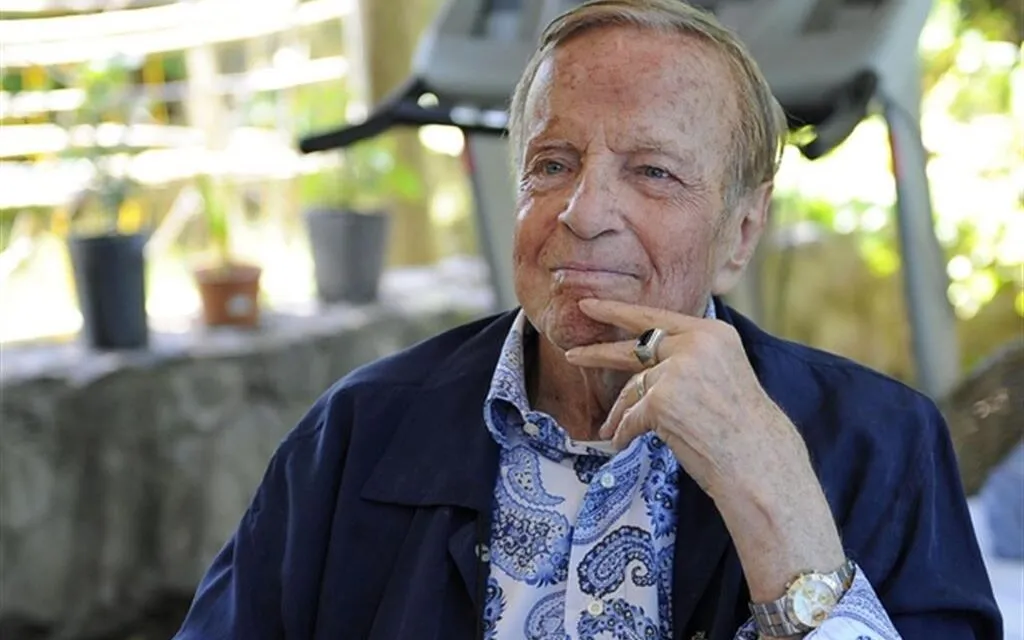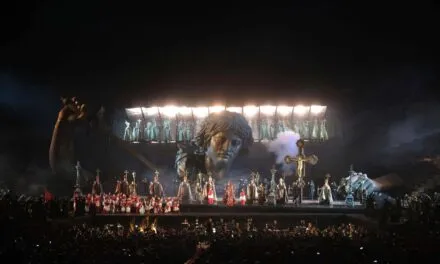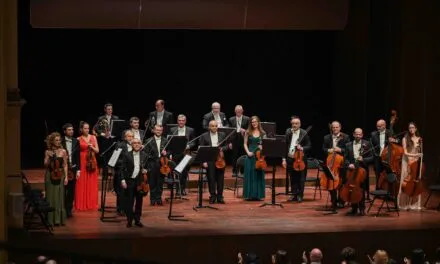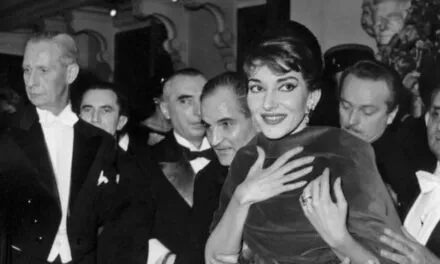Franco Zeffirelli was one of the most famous directors of the 20th century, known for his theatrical, cinematic, and television works. However, his connection with the Arena di Verona was one of the most enduring and significant of his career.
Zeffirelli was born in Florence in 1923 and began his career as a production assistant for the director Luchino Visconti. He then worked as a set designer and costume designer for film and theater before transitioning to directing in 1961 with the film “La ragazza con la valigia.” But it is especially for his theatrical productions that Zeffirelli became famous all over the world.
Zeffirelli directed his first production at the Arena di Verona in 1963, with a staging of “Carmen” that caused a sensation for its innovative use of space and character movements. However, the most curious anecdote of this first production is that Zeffirelli had not yet finished preparing the staging when the opera was staged: in fact, during the premiere, he had to run from one side of the Arena to the other to coordinate the staging, despite the summer heat and logistical difficulties.
Since then, Zeffirelli has directed many other works at the Arena di Verona, including “Aida,” “Nabucco,” “La traviata,” and “Turandot”. Zeffirelli also contributed to creating the image of the Arena di Verona as a magical and fascinating place, thanks to his spectacular sets and innovative directing. Another curious anecdote: during the filming of the film “La Traviata” directed by Zeffirelli, the horses that had been brought to the Arena for a scene reared up and broke some of the columns of the set: despite this mishap, Zeffirelli continued to shoot the scene, convinced that the audience would appreciate the realism of the representation.
In addition, Zeffirelli always had a special relationship with the Arena audience, whom he called “a wonderful audience, who loves opera and life”. The most curious anecdote about this relationship is that, during performances at the Arena, Zeffirelli had the habit of introducing himself to the audience and thanking them for their presence. On one of these occasions, Zeffirelli asked the audience to indicate the oldest person present in the stalls, and then asked this person to come up on stage for a hug: a touching gesture that showed his deep gratitude for the audience.















